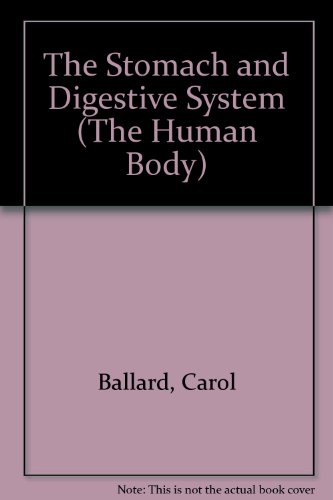-
The Skeletal System
Greg Roza
Library Binding (Gareth Stevens Pub Learning library, Jan. 1, 2012)Your skeleton is the framework of your body. Bones provide protection, but they do much more than that. They also produce blood cells and even act as storehouses for minerals the body may need in the future. This guidebook to the human skeletal system includes information about diseases, disorders, and injuries, and discusses how to keep your bones healthy. Numerous photographs and informative diagrams help readers understand the human body and provide a remarkable look at the skeletal system. U
U
-
The Muscular System
Greg Roza
Paperback (Gareth Stevens Pub Learning library, Jan. 1, 2012)Describes the various parts of the muscular system, and discusses exercise, the effects of diet on the muscles, muscular diseases, and related topics. V
V
-
The Nervous System
Heather Moore Niver
Paperback (Gareth Stevens Pub Learning library, Jan. 1, 2012)Describes the various parts of the nervous system and how the brain works, and discusses the effects of injuries and diseases, the nervous system in other animals, and related topics. R
R
-
The Muscular System
Greg Roza
Library Binding (Gareth Stevens Pub Learning library, Jan. 1, 2012)Inside this guidebook to the muscular system, readers will learn about the different kinds of muscles and how they function. From your eyes to your toes, muscles help you get things done every day. They help you grab, lift, push, pull, swing, and twist. The muscular system is made up of three different kinds of muscles. Many muscles move by thinking about the movement. Others work constantly without us thinking about them, and these muscles help keep us alive. Easy-to-follow, scientific text is paired with colorful photographs and diagrams to help readers learn about the muscular system. V
V
-
The Heart and Circulatory System
Carol Ballard
Library Binding (Heinemann/Raintree, March 1, 1997)Describes the parts of the circulatory system and how they function P
P
-
The Stomach & Digestive System
Carol Ballard
Hardcover (Heinemann/Raintree, Oct. 14, 1997)Describes the appearance, characteristics, and function of each part of the digestive system Y
Y
-
The heart and blood
Brian R Ward
Hardcover (F. Watts, March 15, 1982)Discusses the heart, arteries, veins, blood cells, blood, the lymph system, and other parts of the body's circulatory system.
-
The Brain and Nervous System
Brian R. Ward
Paperback (The Watts Publishing Group, Aug. 16, 1981)None



